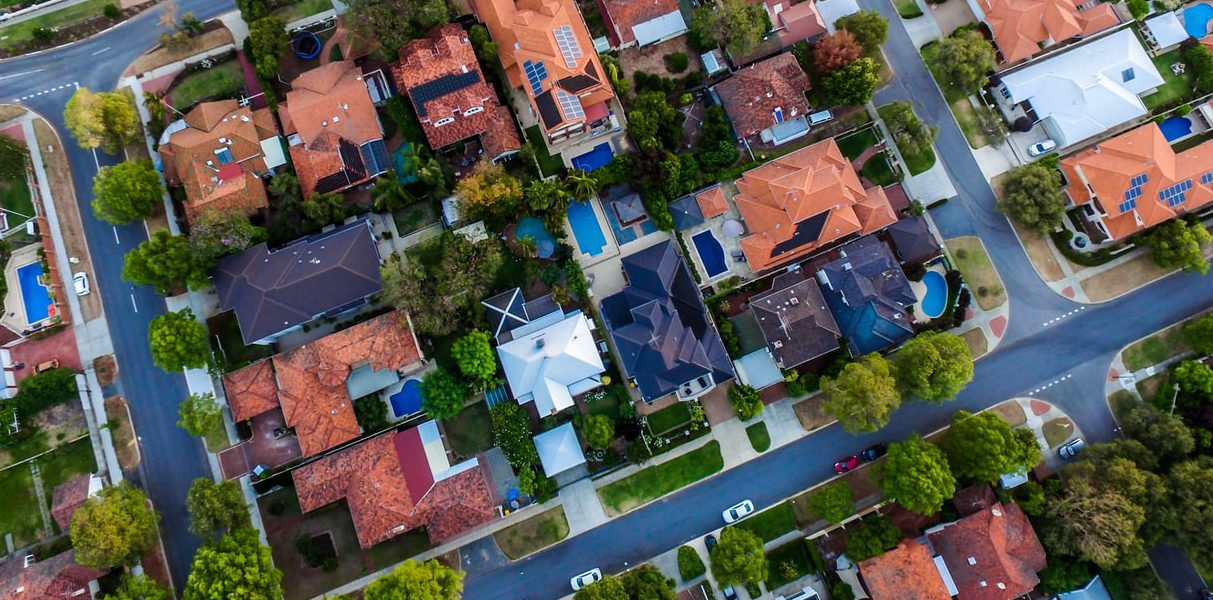Trouble at home:
The breakdown of property-owner protection and how to repair the damage


Highly publicised systemic failures have revealed deep problems in the construction industry. We explore the major issues as the industry confronts the challenges of rebuilding trust and reputation.
Mass evacuations due to major structural defects, and increased fire safety risks due to the use of non-compliant combustible cladding – are just two of the issues in the past year that have led to nationwide inquiries. These inquiries have ranged from investigating the adequacy of consumer protection and the regulation of building standards to the role of private certifiers, and the implications of the absence of affordable and unrestricted professional indemnity insurance.
Many questions remain unanswered. Who should be held liable when defects emerge? What protections are in place for residential owners and what are the gaps in protection for those who own high-rise dwellings? Lastly, what are the changes needed to address the problems?
First things first …
Who should be held responsible for defective work?
The answer is complex and often unclear, resulting in dissatisfaction among property owners with the lack of accountability and long delays in finding a resolution.
- Developers and builders are often considered first, as they executed the build. However, builders and developers typically have limited capital to call upon to fund rectification work. In addition, the company that executed the development may have been established to undertake the specific project and therefore wound-up on completion.
- Engineers, architects and surveyors are typically considered next. The defects may have occurred as a result of faulty design, inadequate testing or insufficient scrutiny. As part of their licensing (or registration), engineers, architects and surveyors are required to hold professional indemnity insurance. Recently, underwriters have responded to the increase in risk by increasing premiums and adding exclusions (which is an issue for the professions above), or withdrawing from underwriting construction-related risks altogether. This has placed pressure on the ongoing operation of engineers, architects and surveyors.
What protections are in place for residential property owners?
Home-building compensation schemes operate in every Australian jurisdiction, where the builder purchases insurance cover on the homeowner’s behalf prior to commencing the project. This insurance cover is compulsory in every jurisdiction except Tasmania, where it is voluntary. These schemes cover:
- Low-rise residential developments up to three storeys only
- Major/structural defects for approximately six years following project completion
- Minor/non-structural defects for up to two years following completion
The Queensland scheme is a first-resort scheme, where the property owner makes a claim and the scheme will pursue the builder regardless of whether the builder is still trading. Every other jurisdiction operates a last-resort scheme, where the builder is required to have become insolvent, have died or disappeared before a claim can be made against the scheme.

Where homeowners are vulnerable
There are few protections in place for residential property owners of high-rise apartments that are more than three storeys. In the mid-to-late 1990s and early 2000s, the private sector in New South Wales and Victoria provided builders’ warranty insurance cover to high-rise homeowners, but cover was withdrawn following large losses. Following similar large losses, the South Australian and Western Australian Governments offered reinsurance to private insurers to keep them afloat.
In NSW, from the start of 2018, developers have been required to lodge a bond with NSW Fair Trading equal to two per cent of the contract value, which can be called upon to cover defective work. The bond is held up to two years and is released following an inspection, provided no defects are identified.
The cover provided is limited – two per cent of the contract value is unlikely to meet the cost of rectifying major defects. In addition, defects will need to be identified within two years before the bond is released for owners to benefit from the introduction of the requirement. For example, the bond would not have provided protection to Mascot Towers homeowners when cracks were recently identified in the 10-year-old building.
What needs to change?
To provide adequate consumer protection, significant change is required. Below, we outline the changes that could help strengthen the construction industry and protect all homeowners.
| Change needed | What it might look like |
|---|---|
| Strengthen licensing and prudential requirements for builders and developers | – Ensure builders and developers hold adequate capital so that defects can be rectified when they emerge – Introduce regular monitoring and reporting of capital position – Introduce fit and proper requirements for developers and builders – Maintain a register of directors and a commitment to prevent an individual being registered if they do not meet the standards |
| Greater inspection and oversight to reduce the number of defects and cost of rectifying defects | – Conduct inspections during the build, the frequency and detail of which depend on the project’s complexity – Ensure independent certifiers conduct the inspections |
| Appropriate homeowner protection to provide a safety net | – Have the regulator or insurer perform the risk assessment on the homeowners’ behalf, instead of only becoming involved once the builder is insolvent, has died or disappeared – Extend coverage to homeowners of high-rise developments in a different scheme – Ensure regulation, monitoring and insurance work together to promote efficiency and sustainability |
These changes will come at a cost to the construction sector (and presumably homeowners). Ultimately, those responsible for implementing change will need to weigh this additional cost against the current costs (financial and other) associated with incomplete or defective work, which is severely impacting residential property owners.
Other articles by
Scott Duncan
Other articles by Scott Duncan
More articles

How inflation is changing the insurer landscape
We explore the drivers and impacts of inflation on general insurance, and what insurers can do to thrive amid the pressures ahead
Read Article

A practical business guide to the new design and distribution obligations (DDO)
ASIC’s design and distribution obligations offer firms a chance to realise greater business value and connection to their customers
Read Article
Related articles
Related articles
More articles

How inflation is changing the insurer landscape
We explore the drivers and impacts of inflation on general insurance, and what insurers can do to thrive amid the pressures ahead
Read Article

RADAR FY2023 New Zealand Snapshot
Our NZ general insurance FY2023 overview sheds light on New Zealand's insurance landscape to help insurers chart a steady path forward.
Read Article







